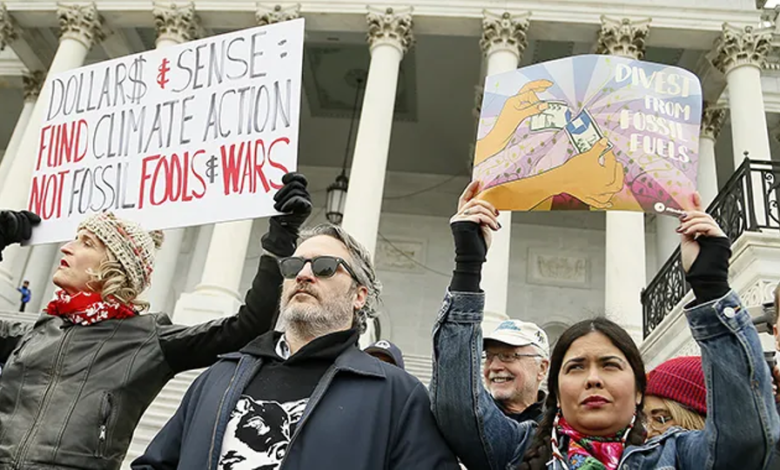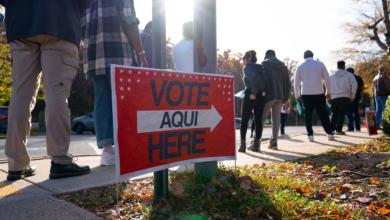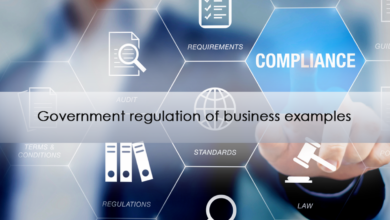The Role of Government in Climate Change: Latest Actions and Plans
The role of government in climate change involves critical actions and plans. Discover the latest policies and strategies for 2024.

One of the most important aspects of the worldwide endeavour to stop environmental degradation and guarantee a sustainable future is the role of government in climate change. The world’s governments are leading the charge in putting plans and policies intended to combat the escalating threat posed by climate change into action. Their actions have a significant impact on guiding national and international climate agendas, whether they are investing in renewable energy sources or establishing aggressive carbon reduction targets.
There has been a discernible trend in recent years towards increasingly ambitious and all-encompassing climate strategies. The most recent government initiatives demonstrate the increasing urgency to address climate change head-on, which is being fueled by public pressure and expanding scientific data. The future of our planet will be largely determined by the ability of governments to efficiently coordinate and implement climate policy as they manage the challenges of both environmental stewardship and economic prosperity.
The Role of Government in Climate Change
Early Government Actions on Climate Change
Governments have been addressing climate change for decades, albeit with varying degrees of urgency and effectiveness. Early efforts focused primarily on awareness and research. The 1992 Earth Summit in Rio de Janeiro marked a significant step, with countries committing to reduce greenhouse gas emissions.
Key Milestones and Agreements
The Kyoto Protocol of 1997 was a landmark agreement that set binding targets for emissions reductions. This was followed by the Paris Agreement in 2015, where nations agreed to limit global warming to well below 2°C above pre-industrial levels. These milestones reflect the evolving commitment of governments to tackle climate change.
Current Government Actions
National Policies and Regulations
Today, many governments have implemented national policies to address climate change. These include carbon pricing mechanisms, emissions trading systems, and stricter regulations on pollutants. For instance, the European Union has introduced the European Green Deal, aiming for net-zero emissions by 2050.
International Agreements and Commitments
Internationally, agreements like the Paris Agreement continue to drive collective action. Countries are regularly updating their Nationally Determined Contributions (NDCs) to reflect more ambitious climate goals. These agreements foster cooperation and ensure that nations hold each other accountable.
Government Strategies for Climate Change Mitigation
Carbon Emission Reduction Plans
One of the primary strategies for mitigating climate change is reducing carbon emissions. Governments are setting targets to cut emissions across various sectors, including energy, transportation, and agriculture. For example, many countries are transitioning to renewable energy sources like wind and solar power to reduce their reliance on fossil fuels.
Renewable Energy Initiatives
Renewable energy initiatives are crucial for a sustainable future. Governments are investing in infrastructure for clean energy and providing incentives for businesses and individuals to adopt renewable technologies. These initiatives aim to decrease greenhouse gas emissions and create a more resilient energy system.
Conservation and Sustainability Programs
Conservation programs focus on preserving natural habitats and biodiversity. Governments are also promoting sustainability through initiatives like waste reduction, sustainable agriculture, and water conservation. These programs are essential for maintaining ecological balance and combating climate change.
Case Studies of Government Actions
The European Union’s Green Deal
The European Union’s Green Deal is an ambitious plan to make Europe the first climate-neutral continent by 2050. It includes measures to cut emissions, invest in green technologies, and promote a circular economy. This comprehensive approach sets a high standard for climate action.
The United States’ Inflation Reduction Act
In the United States, the Inflation Reduction Act of 2022 represents a significant investment in climate and clean energy. It includes provisions for tax credits, energy efficiency improvements, and support for renewable energy projects. This act is expected to drive substantial progress toward emission reduction goals.
China’s Carbon Neutrality Goals
China, the world’s largest emitter of greenhouse gases, has set a target to achieve carbon neutrality by 2060. The country is investing heavily in renewable energy and implementing policies to reduce coal dependence. China’s commitment is crucial for global climate efforts due to its significant impact on global emissions.
Challenges Faced by Governments
Political and Economic Hurdles
Implementing climate policies often faces political resistance and economic challenges. The transition to a low-carbon economy can be costly and may face opposition from industries reliant on fossil fuels. Governments must balance economic interests with environmental goals to achieve effective climate action.
Public Perception and Awareness
Public perception plays a critical role in the success of climate policies. Governments need to engage with citizens, raise awareness about climate change, and foster public support for environmental initiatives. Effective communication is key to gaining public backing for climate actions.
Implementation and Enforcement Issues
Ensuring that climate policies are effectively implemented and enforced can be challenging. Governments need robust monitoring and enforcement mechanisms to ensure compliance with regulations. Without proper implementation, even well-designed policies may fall short of their intended goals.
Government Funding and Investments
Budget Allocations for Climate Initiatives
Funding is a crucial aspect of climate action. Governments are allocating significant budgets to support climate initiatives, including research, infrastructure, and subsidies for clean energy projects. These investments are essential for driving progress and achieving climate targets.
Public-Private Partnerships
Public-private partnerships play a vital role in advancing climate goals. Collaborations between governments and private entities can accelerate the development and deployment of green technologies. These partnerships help leverage resources and expertise to tackle climate challenges effectively.
The Future of Government Involvement in Climate Action
Emerging Policies and Innovations
Looking ahead, governments are expected to continue developing innovative policies to address climate change. This includes exploring new technologies, setting more ambitious targets, and enhancing international cooperation. The future of climate action will likely involve a combination of regulatory measures and market-driven solutions.
The Role of Technology and Research
Technology and research will play a critical role in shaping future climate policies. Advances in areas such as renewable energy, carbon capture, and climate modeling will provide governments with new tools to address climate change. Investing in research and development is essential for finding effective solutions.
Read More: Top Government Programs Supporting Economic Growth in 2024
Conclusion
The government plays an essential role in combating climate change by enacting laws and leading international negotiations, among other things. A global commitment to lowering greenhouse gas emissions and promoting sustainable practices is demonstrated by recent initiatives. The pace and achievement of our collective climate goals will be greatly impacted by how well governments execute and improve their policies.
In the future, government agencies’ commitment to innovation and perseverance will be essential in tackling the persistent problems caused by climate change. Governments may propel significant advancements in the direction of a more sustainable future by fostering international cooperation, implementing technological advancements, and involving the public. In order to ensure that climate policies not only address present demands but also equip us for future environmental difficulties, the way forward necessitates constant commitment and proactive steps.
FAQs
What are the main goals of recent climate policies?
Recent climate policies aim to reduce greenhouse gas emissions, promote renewable energy, and enhance sustainability. These goals are designed to mitigate climate change and transition to a low-carbon economy.
How do international agreements impact national climate actions?
International agreements provide a framework for collective action and set targets that influence national policies. They encourage countries to commit to climate goals and support global efforts to combat climate change.
What challenges do governments face in implementing climate policies?
Governments face challenges such as political resistance, economic costs, public perception, and enforcement issues. Addressing these challenges requires a balanced approach and effective communication.
How can individuals support government climate initiatives?
Individuals can support climate initiatives by adopting sustainable practices, advocating for strong climate policies, and participating in community-based environmental efforts. Personal actions contribute to broader climate goals.
What role does technology play in future climate strategies?
Technology plays a critical role in future climate strategies by providing innovative solutions for reducing emissions, improving energy efficiency, and advancing climate research. Investments in technology are essential for achieving climate targets.











